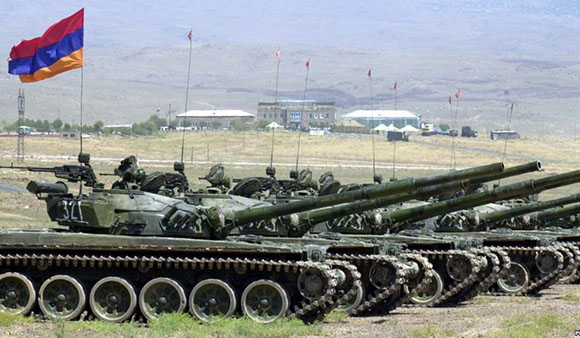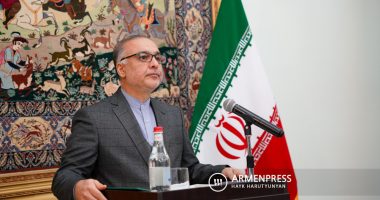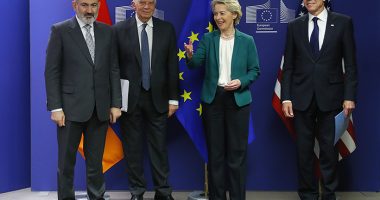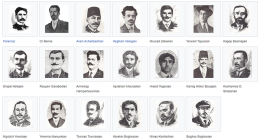BONN — Armenia is the third most militarized country, according to the Global Militarisation Index (GMI) issued by the Bonn International Center for Conversion.
In the 2014 GMI, Israel, Singapore, Armenia, Syria, Russia, Cyprus, South Korea, Jordan, Greece and Azerbaijan (rank 1 to 10) are amongst the ten countries with the highest levels of militarization three of which are situated in the Middle East, two in East Asia and the remaining five in Western and Eastern Europe. The high levels of militarization in these countries are mostly the result of comprehensive arms purchases.
The causes for the generally high levels of militarization in The Middle East are manifold. They range from the defense of existing authoritarian regimes against possible internal adversaries to external conflicts and potential threats from the outside. All in all, one will have to assume that the level of militarization in the region will remain high or will even increase.
The neighboring states Armenia (rank 3) and Azerbaijan (rank 10), both belonging to Europe, show very high levels of militarization and have initiated major increases in their military expenditures over the past years. The high levels of militarization in these two countries must, however, be seen in the overall context. Russia (rank 5) delivers arms to both South Caucasian republics and has been pursuing a comprehensive military reform since 2008.
Between 2009 and 2013, expenditures for equipment and procurement in European NATO states fell by more than US $ 9 billion. Still, some states show high levels of militarisation (Greece: 9, Estonia: 21, Turkey: 24, Bulgaria: 27, Portugal: 28).
Singapore (rank 2) and South Korea (rank 7) are the two countries within East Asia that are amongst the ten most militarized countries in the world. Singapore’s procurement efforts are a reaction to its many unresolved territorial issues, the importance of strategic waterways in the region and the Chinese anti-access / area denial strategy. South Korea’s high level of militarization can be understood in the context of the ongoing state of war with North Korea, but also with unresolved territorial issues with Japan and China in the Yellow Sea.
The Global Militarisation Index (GMI) depicts the relative weight and importance of the military apparatus of one state in relation to its society as a whole. The update of the GMI 2014 is based on data from the year 2013 (i. e. the most recent year for which data has been available) and comprises 152 states. BICC’s GMI is supported by the German Federal Ministry for Economic Cooperation and Development (BMZ).
The GMI is divided into three overarching categories: expenditure, personnel and heavy weapons. Military spending in relation to GDP and health spending are the most important indicators for determining the level of militarization. Besides military expenditure, the level of militarization is also represented by the relation of military personnel to the total population and physicians. As its third category the GMI takes into consideration the number of an armed forces’ heavy weapons in relation to the total population.










